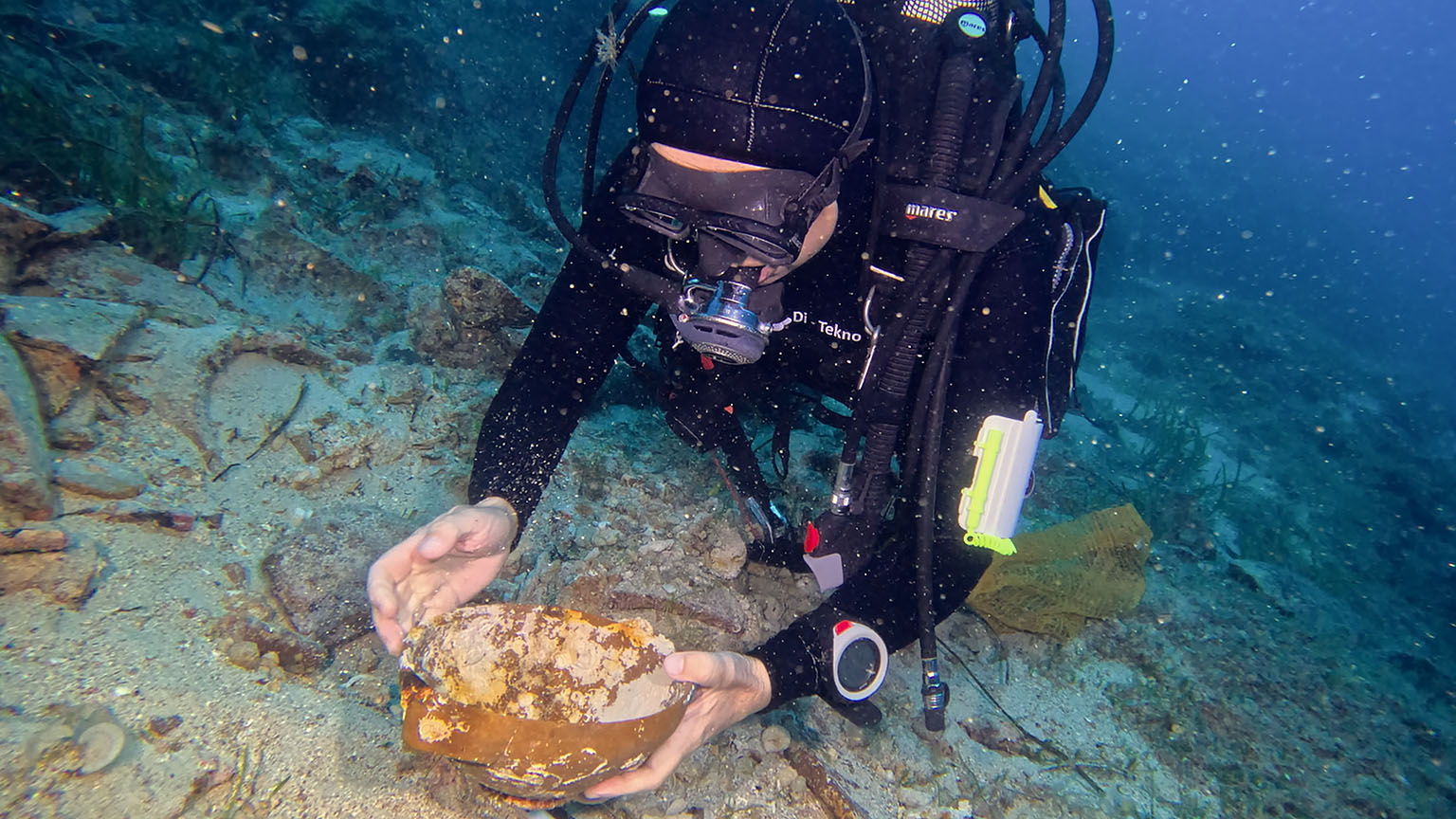I’m a treasure finder! Like every year, in September 2023 I found ancient treasures in the waters of the island of Vis. This time it was the neck of an ancient Roman jug and an ancient bowl, which were certainly used by ancient Romans to eat popcorn, because what else was it for?
The recovery of ancient treasures found in Vis – video
At the end of September 2023, together with Tea Katunarić, Underwater Archaeologist from the University of Split, and several other people, we went diving to recover the treasures. They were found under the water near the small island of Host located by the Island of Vis in Croatia. The island is already well known to marine archaeologists, buecause at least one ancient Roman ship sank there and the remains of it are still visible at the bottom.
I created a 30-second video of this dive. It took a while, because not all discoveries can be announced immediately, but the good news is that the film is finally here!
Where do the ancient treasures on the island of Vis come from?
The island of Vis has been inhabited for thousands of years. The ancient Greeks and Romans certainly had their colonies here. Perhaps there was even someone else before them, but this has not been proven yet. In any case, each civilization leaves behind various seemingly worthless objects, but after thousands of years they become treasures. Sometimes in the sense of monetary value, and more often in the sense of historical and archaeological value.
How ancient treasures ended up underwater
Although people generally live on land and leave most of their objects there, remains of ancient cultures can also be found underwater. People have been sailing for thousands of years and have learned this art from their own mistakes. And when such a mistake occurs and the ship goes down, it usually goes there with all the cargo and the crew’s personal items. And while most of the interesting objects left on land have already been found, time seems to have stopped at the bottom of the sea and many of these ancient treasures have been lying untouched for thousands of years. This is because the sea depths have become accessible to humans relatively recently. People have been diving only for several dozen years, and only since then have we had access to underwater cultural heritage.
What you can find underwater in Croatia
First of all, ancient pottery. That is, various types of amphorae and other vessels, whole or in pieces. But from time to time, wooden elements are also found that have survived degradation under the sand. In the vicinity of the current ports and shallow bays, there are also remains of wharves and port buildings. And recently, even an ancient road was discovered at the bottom of the sea in Croatia!
What I have found underwater on Vis so far
Apart from these two treasures, I found several more in Croatian waters. In 2022, several dozen meters away, I discovered a small, ancient clay vial. It was lying among broken amphorae, so it was definitely on an ancient ship. Perhaps it was perfume, perhaps a spice or perhaps a poison?
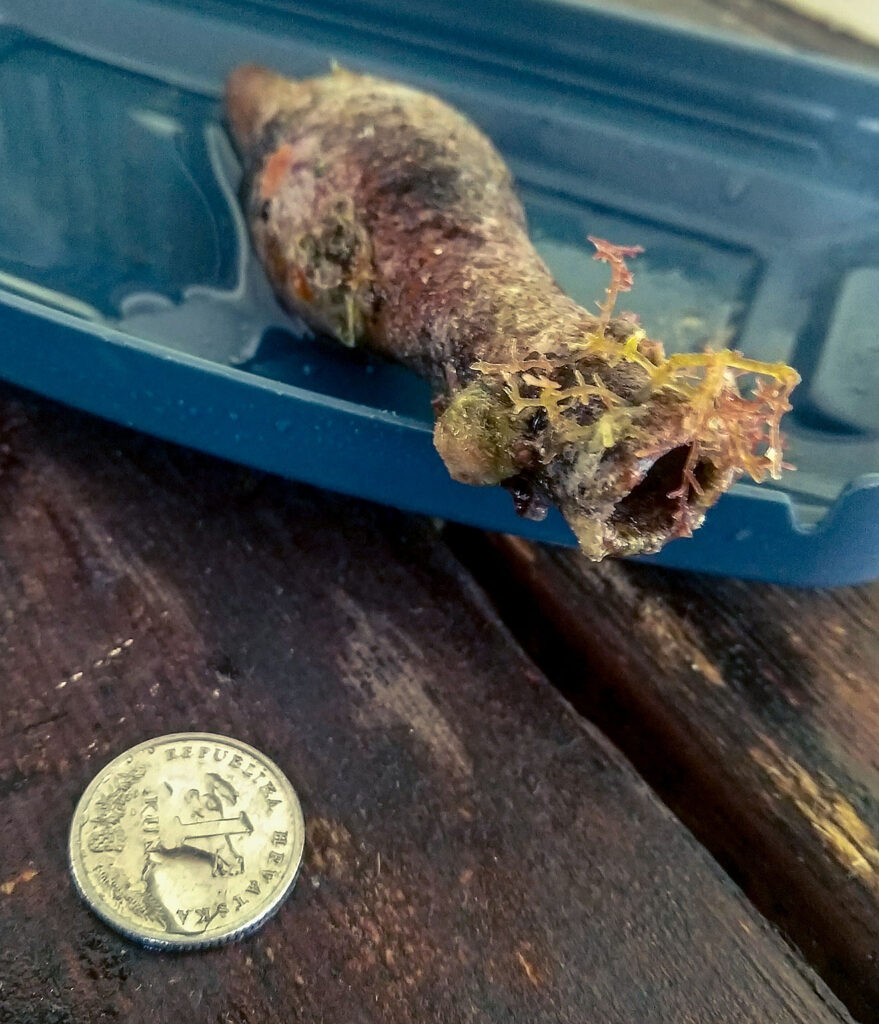
In 2021, I found an ancient Greek jug near the islet of Krava. It was among the broken amphorae left on the bottom after a ship sank there about 2,500 years ago.
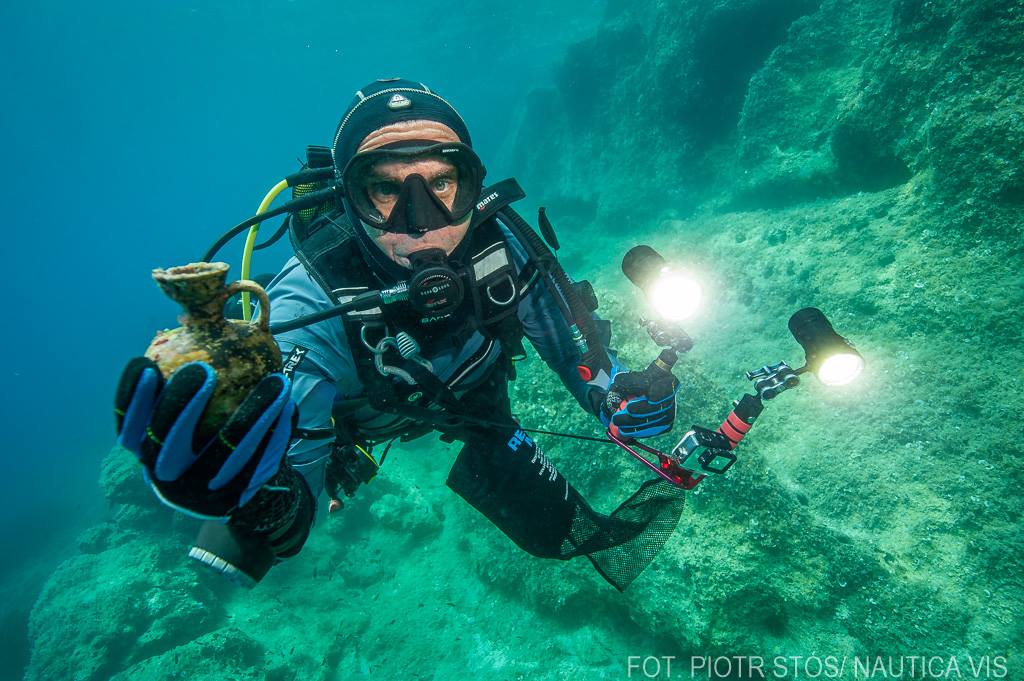
In 2020, I found a unique piece of ancient Greek pottery. No one has found anything like this on Vis before.
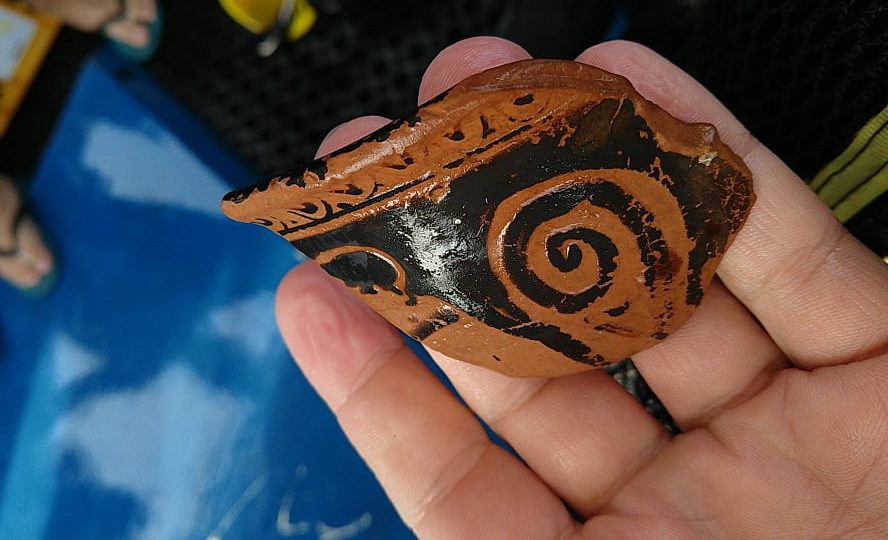
In 2019, also on the remains of the ancient Roman shipwreck near the Island of Host, I found a small jug and a plate.
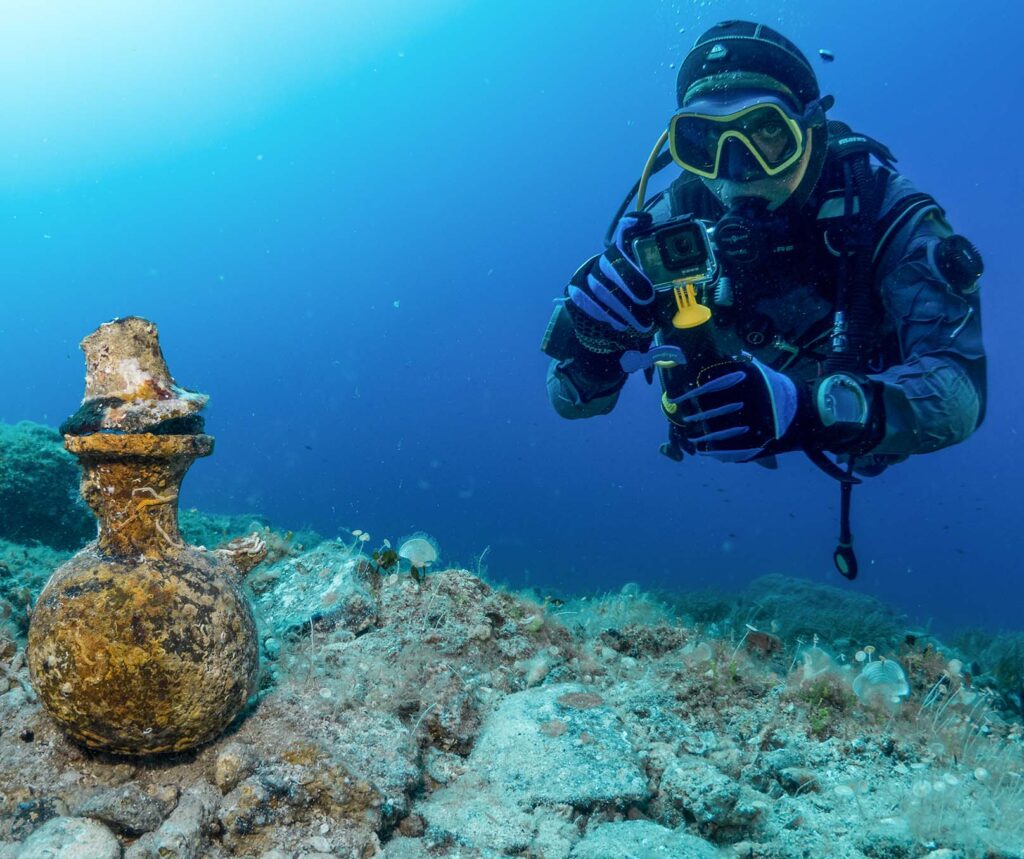
What to do with a treasure found underwater in Croatia
If you find an archaeological artifact under water, first of all, do not take it out! Instead, mark this place so that it can be easily found again. Otherwise, the artifact will remain there for another 2,000 years :). It would also be a good idea to take a photo of the find so that you don’t have to try to describe it in words when you report it to the appropriate people or institutions. In Croatia, such a find can be reported to the Ministry of Culture and Media, the local archaeological museum or to local underwater archaeologists, for example from a university.
Where do treasures found under water go
Treasures found underwater in Croatia are primarily sent for desalination. If something lies in the Adriatic for hundreds or thousands of years, it becomes saturated with salt water. Because the salt is dissolved in it, it does not have a destructive effect while the object remains submerged. However, the situation changes dramatically when we pull the seawater-soaked object onto land. Drying causes the salt to crystallize. Bouncing crystals can quite easily destroy the delicate structure of pottery and lead to clay other materials cracking. Therefore, before ancient treasures are dried, they must spend up to two years in fresh water, which is replaced from time to time. Then the dissolved sea salt has plenty of time to slowly leave the object into surrounding fresh water. And the residue that remains in the material forever usually no longer poses a threat.
After desalination, each treasure ends up in the hands of experts. These may be experts from museums or universities. They can properly assess the age of the item, material, condition and what geographical area it came from. Finally, such a treasure, especially if it is unique, goes on display in a museum so that everyone can see it.
Are all found treasures taken out of the water?
No… only those that can be safely taken out without any damage and are unique, therefore need to be examined and in the future will have some value in a museum. The ones that are left under water are secured on site and possibly made available to divers as underwater archaeological sites or underwater heritage sites. Then, local dive guides from local dive centers take care of these places and guide underwater tourists so that nothing gets damaged.
In such cases, detailed photographic and photogrammetric (3D) documentation is also made and that is what I and our company do. We create detailed 3D copies of wrecks and other underwater archaeological sites to make them available online for everyone, especially non-divers.
This was also the case, for example, with the ancient Roman wreck on the island of Šćedro, where a few years ago, together with underwater archaeologists, we dived several times over the course of several weeks to collect photographic documentation and finally process it into a very detailed three-dimensional model of the whole site. See the interactive model below.
Many ancient treasures are still waiting to be discovered
Since recreational diving is only a few decades old, many underwater places have not yet been visited by divers. In all these places there is great potential to find remains of ancient civilizations. In addition, in recent years, all kinds of robots for ocean exploration have been developed more and more and many of them are now affordable for amateurs of underwater exploration. But the biggest breakthrough, in my opinion, will be the rapidly developing 3D printing. I think that the era of mass underwater exploration will begin soon with projects such as CPS Drone. Their CPS 5 is an underwater robot that you can build yourself from parts purchased online and enclosed in a tight 3D printed housing.
So if you are interested in underwater exploration, go for it! Learn to dive, dive, buy yourself an underwater robot, or build one at home!
Mariusz Milka – Specialist in Digital Underwater Heritage Conservation

